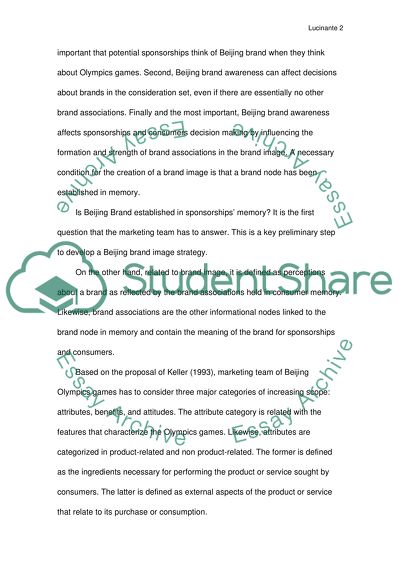Cite this document
(“The Role of the Beijing Brand within the Context of Product Strategy Assignment”, n.d.)
The Role of the Beijing Brand within the Context of Product Strategy Assignment. Retrieved from https://studentshare.org/marketing/1531303-product-marketing-essay
The Role of the Beijing Brand within the Context of Product Strategy Assignment. Retrieved from https://studentshare.org/marketing/1531303-product-marketing-essay
(The Role of the Beijing Brand Within the Context of Product Strategy Assignment)
The Role of the Beijing Brand Within the Context of Product Strategy Assignment. https://studentshare.org/marketing/1531303-product-marketing-essay.
The Role of the Beijing Brand Within the Context of Product Strategy Assignment. https://studentshare.org/marketing/1531303-product-marketing-essay.
“The Role of the Beijing Brand Within the Context of Product Strategy Assignment”, n.d. https://studentshare.org/marketing/1531303-product-marketing-essay.


